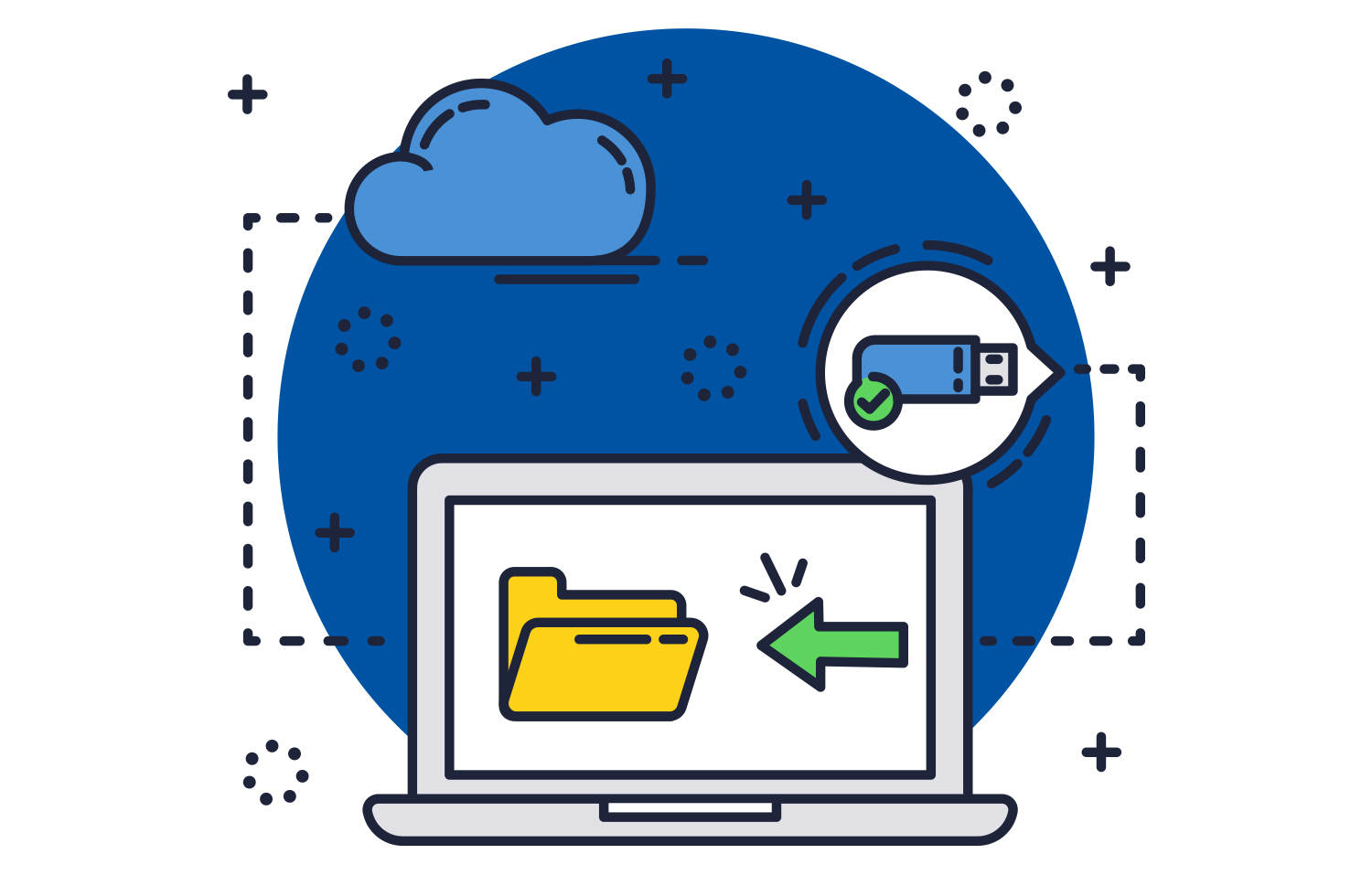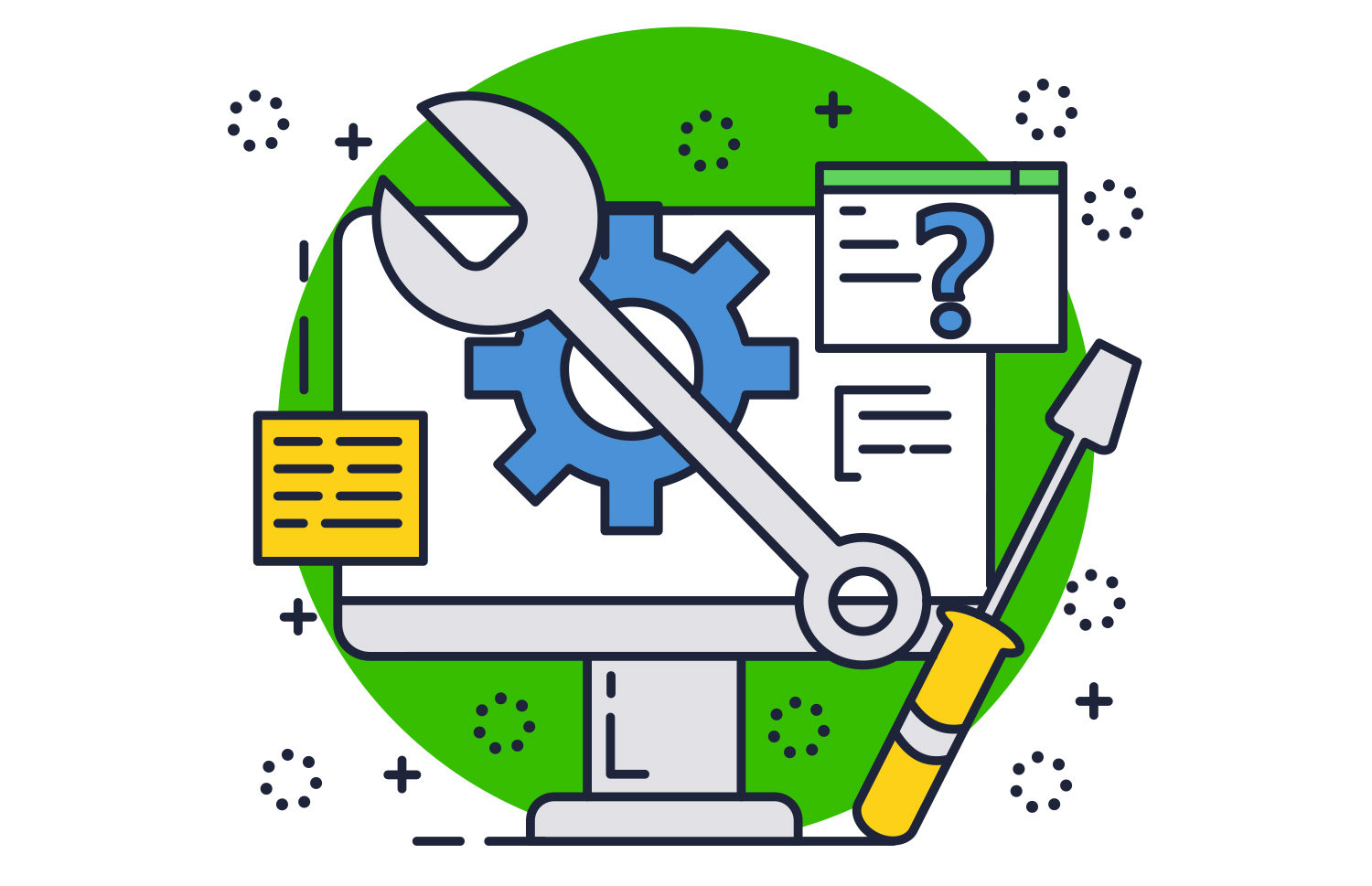Design
We serve our customers by developing attractive, highly optimized websites that are focused on improving sales.
Learn MoreStory by: Colophon Editor
October 31, 2006
Logging on to the Internet, viewing web pages, working with email and other media, has become second nature for the modern office worker. However, the process of sending and receiving that information over the Internet is remarkably complex.
When you send information across the Internet the Transmission Control Protocol (TCP) first breaks it into packets. Those packets are then sent to your local network or Internet Service Provider (ISP). From there, the packets travel through many levels of networks, computers and communication lines before they reach their final destination. A variety of hardware processes the information and sends it in the right direction. Five of the most important pieces of hardware that handle Internet traffic are hubs, bridges, gateways, repeaters and routers. Let’s take a quick look at what each one does.
Data moving over the Internet can travel via many different routes and experience delays or corruptions depending on the conditions in the network. The speed at which data travels over the Internet varies and is constantly increasing as technology evolves. Scientists are racing to move massive amounts of data at every increasing speeds.
“Internet2” is a second generation network serving universities and research institutes. In 2004 scientists at the California Institute of Technology (Caltech) and the European Organization for Nuclear Research (CERN) set a new land-speed record using Internet2. The team transferred 859 gigabytes of data in less than 17 minutes. It did so at a rate of 6.63 gigabits per second between the CERN facility in Geneva, Switzerland, and Caltech in Pasadena, California, a distance of more than 15,766 kilometers, or approximately 9,800 miles. Wouldn’t it be great if our home DLS and cable connections had speeds like this?
to get service and support that
will help your business grow and succeed online?

We serve our customers by developing attractive, highly optimized websites that are focused on improving sales.
Learn More
Colophon’s hosting service is focused on stability and security. As technology evolves so should your host.
Learn More
Colophon New Media provides website maintenance plans that ensure your site runs smoothly and effectively at all times.
Learn More
Colophon offers data-driven Paid Search Marketing Campaigns with Google and Facebook, and online Press Release Management.
Learn More